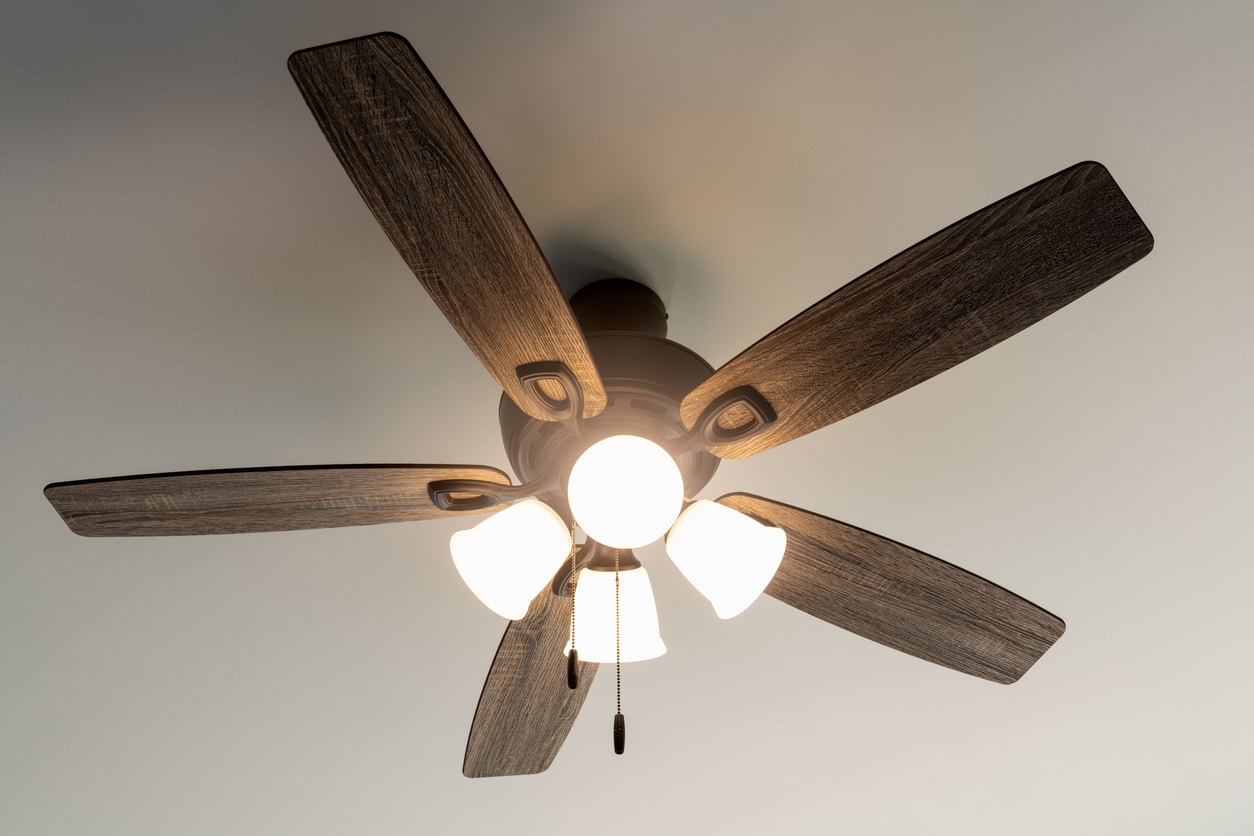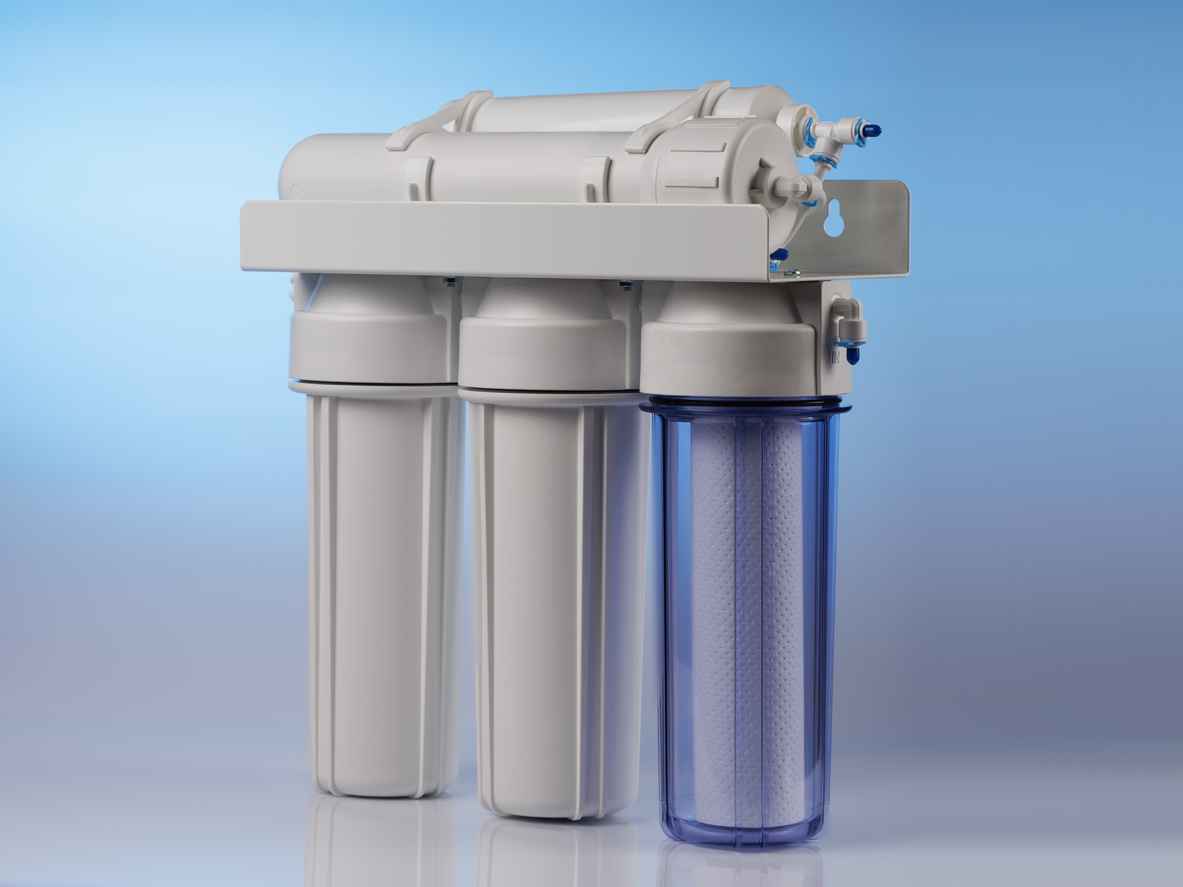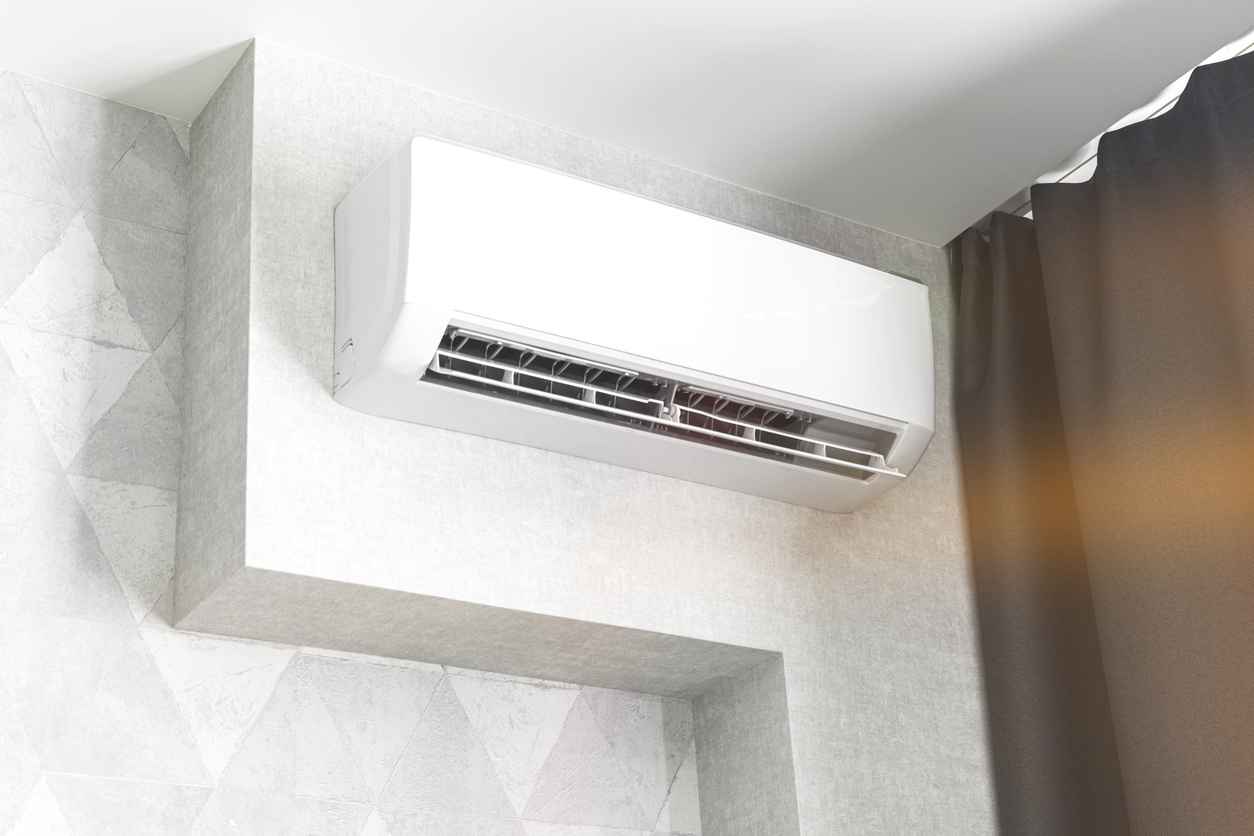Culprits in Temperature Imbalances Between Floors, Part 1
Most of us are at least casually aware that hot air rises, but some folks don’t realize the impact this may have on a poorly-functioning HVAC system. These systems, which are meant to control air flow and keep temperatures constant in a given home or building (among other purposes), may begin to develop imbalances over time if they aren’t properly maintained.
At My Buddy the Plumber, we proudly offer a variety of services that will help remedy concerns like these, from air conditioning repair and replacement to numerous other HVAC upkeep services. One of the common HVAC imbalances that some home or business owners deal with is a gap in temperature between one floor and another, typically with the upper floor maintaining a far higher temperature than those below it. In this two-part blog series, we’ll dig into several of the potential causes of these imbalance concerns, plus what you can do about them to ensure your home has a more even temperature distribution.

Air Conditioner or HVAC System
The most common culprit in uneven temperatures between floors: A faulty or worn-down air conditioner. The simplest explanation for temperatures that aren’t balanced between stories is an AC unit that just doesn’t have the strength and capacity to fill the entire space with cool air in the proper time. Repairs where possible should allow for improvements here, though there are some systems approaching or passing 15-20 years in age where you should strongly consider air conditioner replacement.
However, understand that basic wear-and-tear isn’t the only potential AC-related cause of temperature imbalances in the home. One other common issue is faulty installation or size selection from a previous contractor – if your previous AC installers didn’t properly calculate load and size needs, your system could be undersized and constantly working to keep up with demand. In this case, even if there’s nothing specifically wrong with the unit, you could see imbalances.
Ductwork Concerns
In other cases, the ductwork in your home or building is the issue. This is especially common in larger homes with lots of long-ranging ductwork, including areas that are a long way from the actual air conditioner.
If there are any leaks, cracks or other issues with ductwork, even in minor areas, temperature imbalance issues can result. All duct joints should be properly sealed and insulated – if you notice leaks in one visible area of your system, it’s likely there are others in the parts you can’t access. Our HVAC technicians are happy to conduct a professional pressure test on your ductwork to ensure air isn’t being regularly lost, an issue that can cost you significant sums on your energy bill each month in addition to creating temperature balance concerns.
For more on why your upper floors might be hotter than your lower ones, or to learn about any of our HVAC or plumbing services, speak to the staff at My Buddy the Plumber today.
Recent Posts
Recent Posts


Join the My Buddy Club
Easy Maintenance & Exclusive Benefits
The My Buddy the Plumber’s Club is our comprehensive maintenance membership program that will protect your home comfort systems! From an in-depth home plumbing inspection to thorough furnace and air conditioning tune-ups, the club does it all. Our team will ensure your HVAC, plumbing, and electrical systems are running safely and in top shape. Joining our club can also provide plenty of exclusive perks, such as:
- Priority service
- 10% discount on repairs
- No after-hours fees
- Peace of mind
- Matched manufacturer’s warranty
- Tank water heater flush
- Drain cleaning
- Electrical safety inspection

















